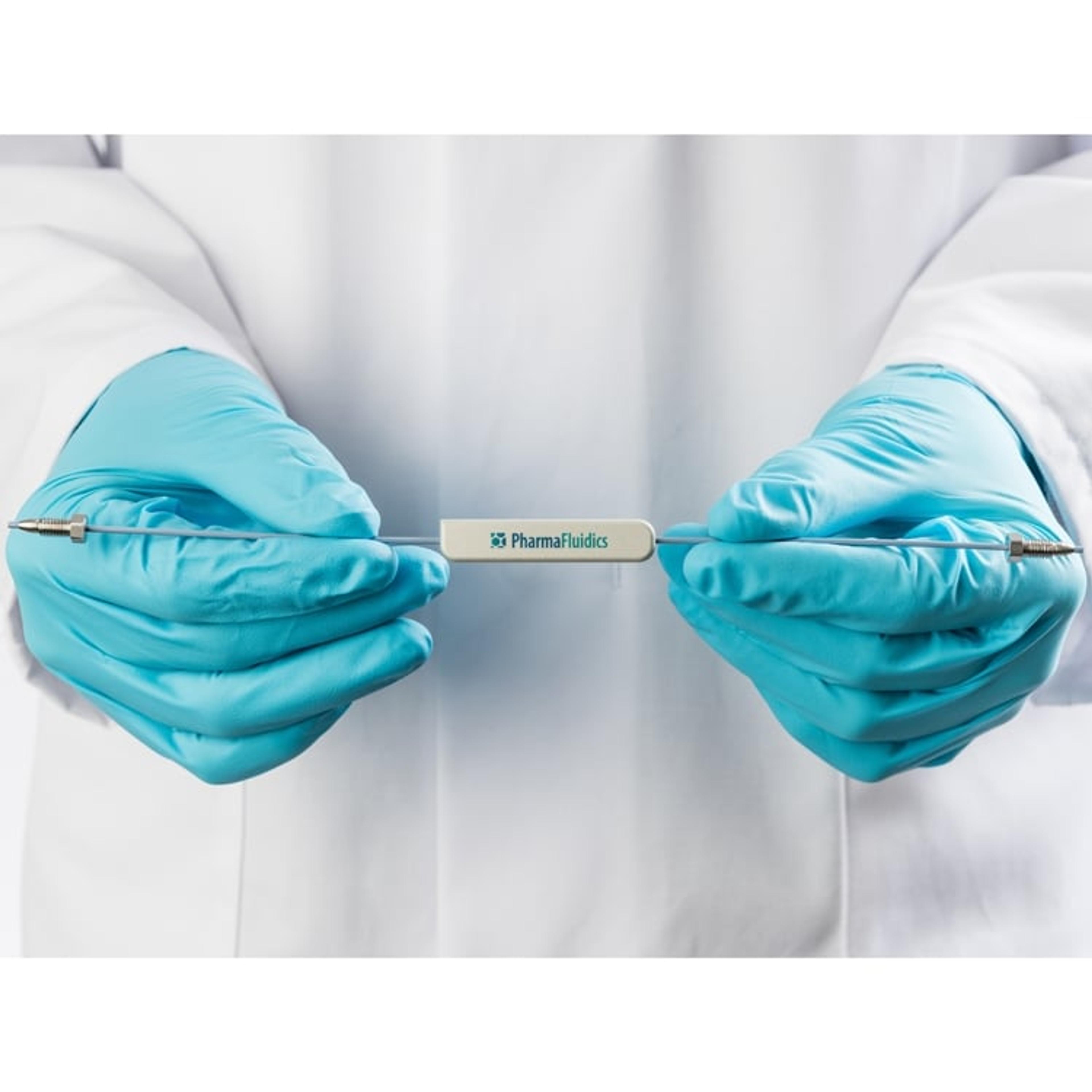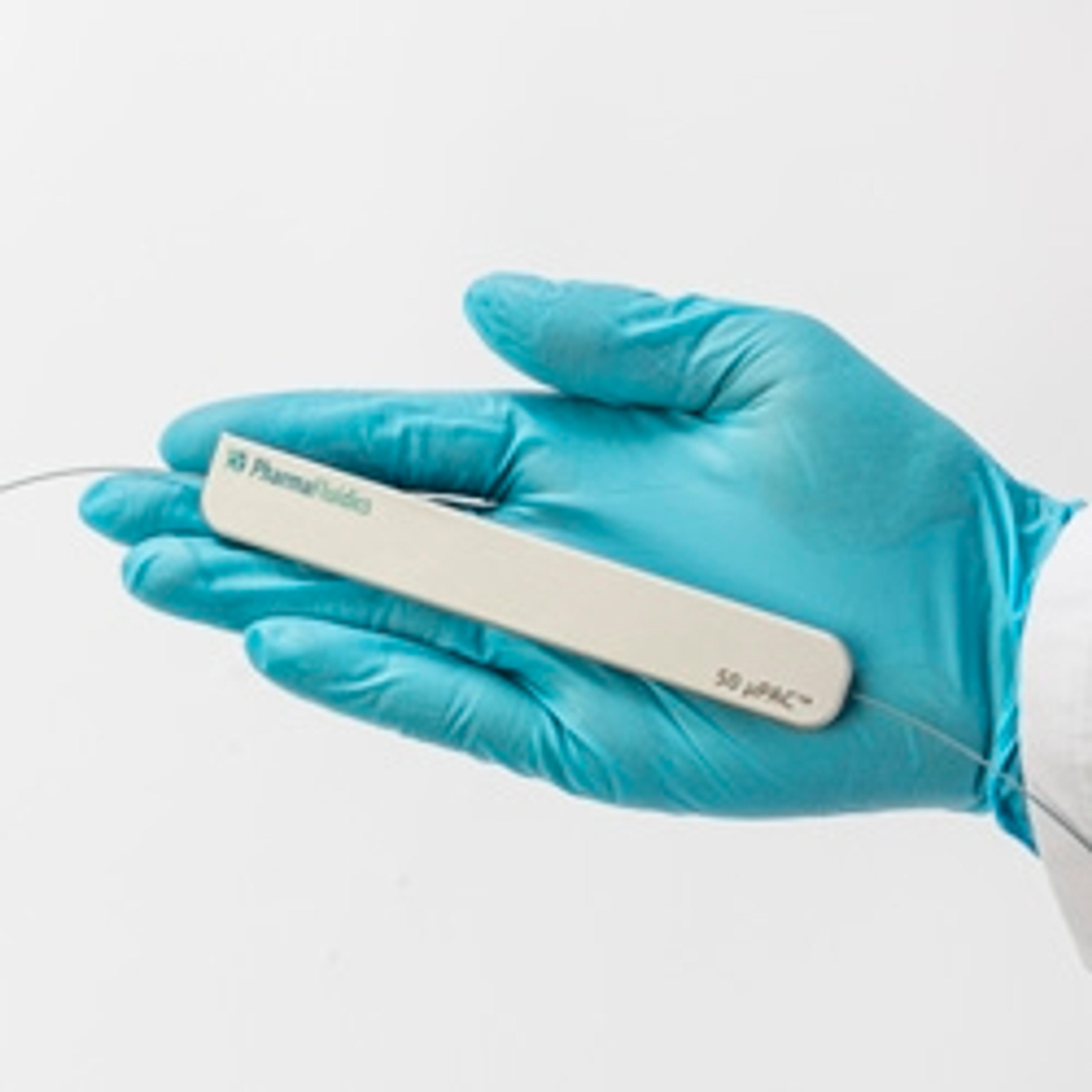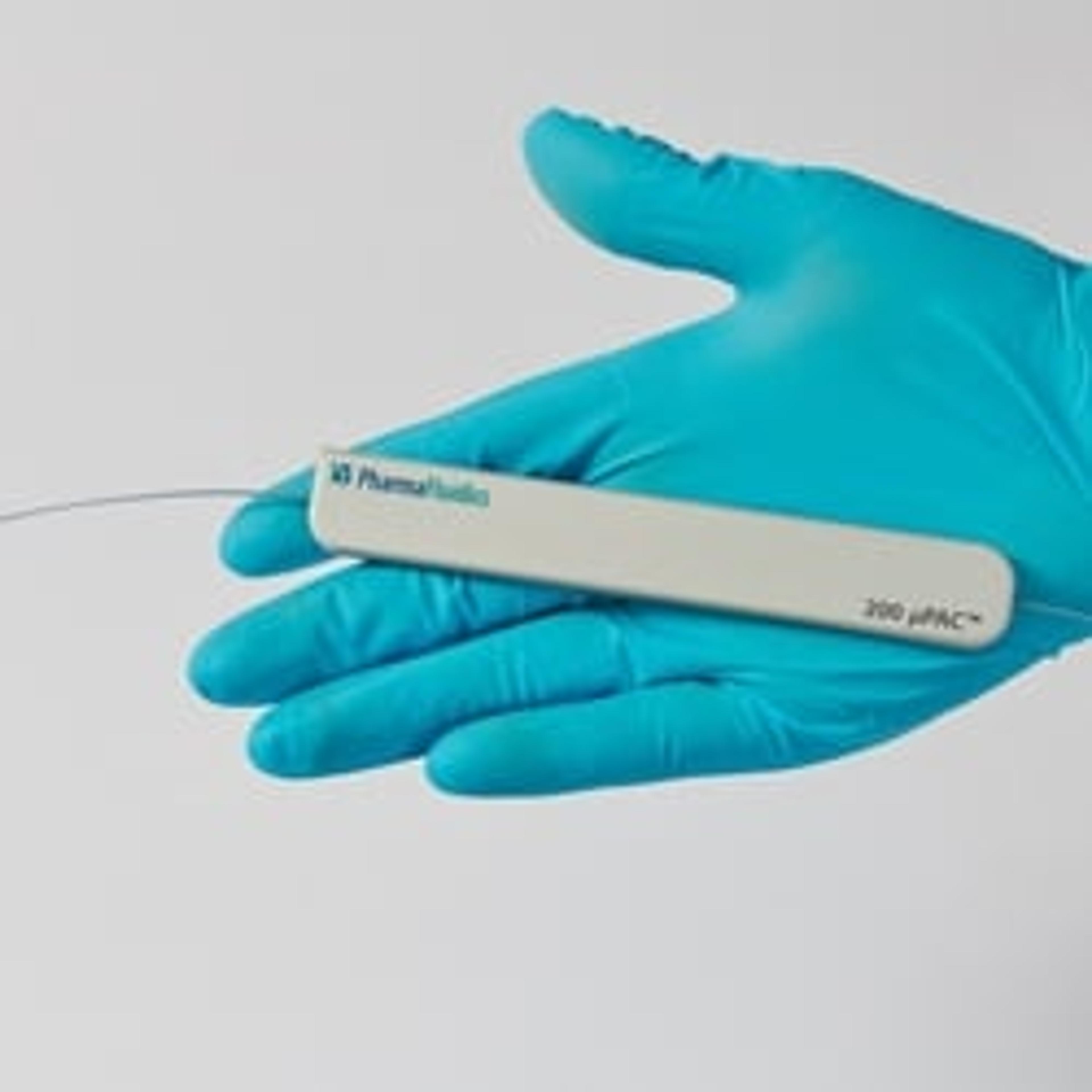How to Double Your IDs Using Micro Pillar Array Chromatography Columns
Watch this on-demand expert webinar on how to use µPAC™ to improve the sensitivity of single-cell proteomic samples
16 May 2019

In a SelectScience webinar, now available on demand, Karl Mechtler, Head of the Proteomics Core Facility at IMP-IMBA, Vienna, presents record protein identification data generated with PharmaFluidics' µPAC™ columns for single-cell proteomics analysis. He is joined by Geert Van Raemdonck, global field support expert at PharmaFluidics, who gives an introduction on the principles of micro Pillar Array Columns (µPAC™) and their benefits.
Recent technological innovations focus on profiling complex systems at the single-cell level. The rapidly advancing field of single-cell proteomics aims at comprehensively quantifying protein expression levels from individual mammalian cells, complementing single-cell transcriptomics and genomics analyses. A single mammalian cell contains about 0.3 pg of protein, which is 1,000 times less than what is commonly used in proteomics analysis. Robust analysis of very low input samples poses one of the key challenges to the development of new mass spectrometry-based proteomic workflows, including sample preparation techniques and instrumentation. This expert webinar explores the potential of newly emerging chromatographic technologies to significantly improve sensitivity for low-input proteomics samples, as well as providing detailed experimental results as evidence.
WATCH ON DEMANDWatch this webinar if you would like to:
- Learn the principles of micro-chip-based pillar array chromatography columns (µPAC™)
- Understand the benefits and separation performance of µPAC™ columns for the analysis of complex and limited biological samples
- Discover how you can achieve record protein and peptide identifications data using µPAC™ chromatography for single-cell proteomics in comparison to conventional columns
- Learn about the unrivalled retention time stability features of µPAC™ in comparison to conventional columns
- Understand the compatibility of the µPAC™ Trapping column with the µPAC™ analytical columns workflow
Think you could benefit from this webinar, but missed it? You can now watch it on demand at a time that suits you and find some highlights from the live Q&A session below>>
Q: How will the µPAC™ column influence the reproducibility of my results when different columns are used during the same project?
GVR: Every column is exactly the same, as the same mask is used to etch out the freestanding pillars, so every pillar is placed in the same position. As a result, inter-run and inter-column reproducibility for these columns is very high.
Q: What is the feedback from the customers on the ease of use of the µPAC™ column in the sense of connecting to any third-party LC-MS systems?
GVR: We want ourµPAC™ columns to be compatible with all commonly used nano-LC systems so we provide fittings for our columns that should work with every system. Although each fitting and connection can differ slightly from the standard setup, we provide as much as possible support to get your system up and running.
Q: Many of the HPLC pumps are designed to operate under high pressure e.g. maintaining the seal pumps. So, is operating under such low pressure affecting the performance or life of the pumps?
GVR: We expect that, due to the lower back pressure under which our µPAC™ columns are operated, the seals last much longer and the pumping heads of the columns need less maintenance.
Q: How many injections can I use in one of the columns?
GVR: This is hard to predict and it's a question that we often receive from customers. It depends, of course, on the type of sample that you are analyzing. We ran an in-house experiment for more than six months where we used more than 3500 injections of a HeLa sample and the cytochrome C digest without any loss of performance noticed. More information about these experiments can be found in the application notes on our websites, but we also have customers that use our columns in daily operation which can confirm these findings.
Q: Why should I use a trapping column if the separation performance is better with a direct injection setup?
GVR: Using a trapping column can offer some clear benefits compared to a direct injection setup, especially when you want to load higher sample volumes. Trapping columns will reduce your loading time significantly because you can load the trapping columns at much higher flow rates compared to the analytical columns. Trapping columns can also be used to enrich the peptides and to get them clean, getting rid of the salts and other products, during sample preparation.
Q: Will other stationary phases besides C18 become available in the future?
GVR: We are continuously developing modes. Higher flow rate and faster separations, with different chemistries like reversed phase C4 and HILIC, are on our future product roadmap. It is difficult to confirm launch days for these, but we keep this information up to date on our website.
Q: Are there any problems with clogging in these systems?
GVR: µPAC™ columns have a much higher permeability. So, when we observe clogging, it's most likely related to a clog that blocks the emitter of the system. Please note that our products are perfectly bi-directional. So, when you have a clog in front of your column, you can reverse our analytical and trapping columns because we don't use any frit or filters in front of the separation bed.
SelectScience runs 3-4 webinars a month across various scientific topics, discover more of our upcoming webinars>>



